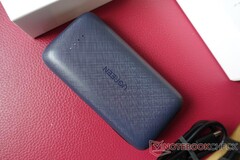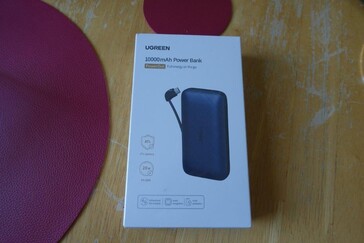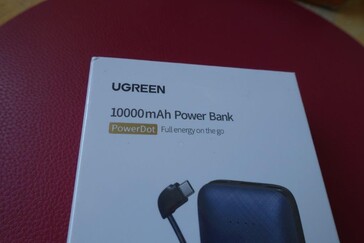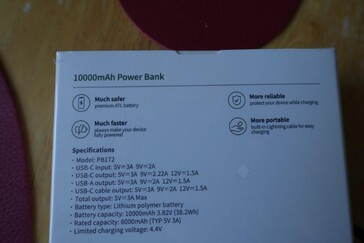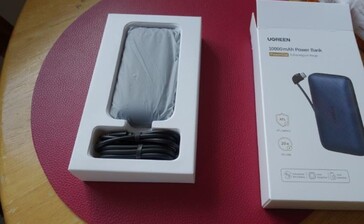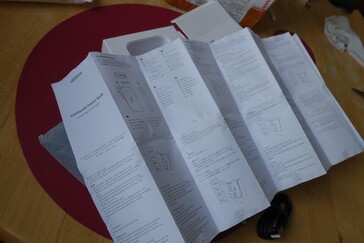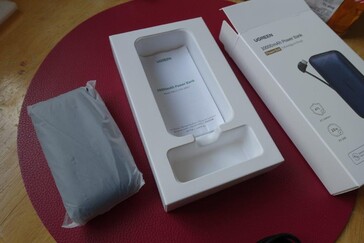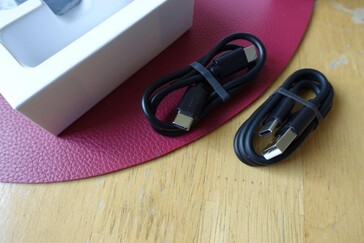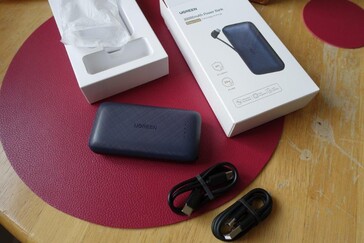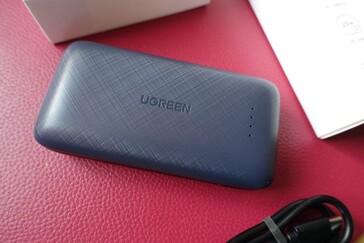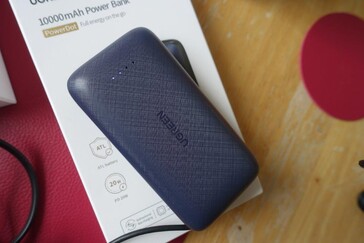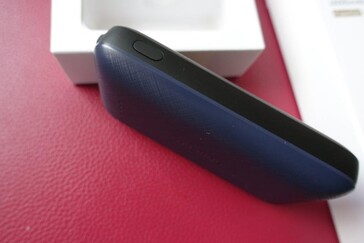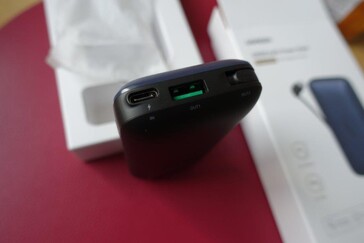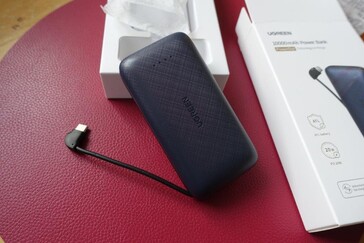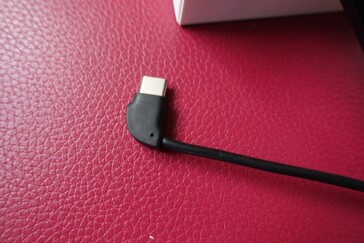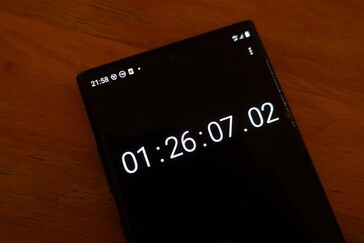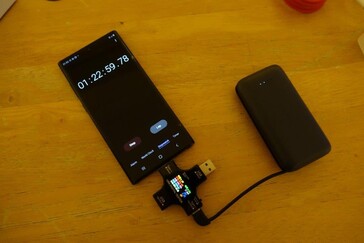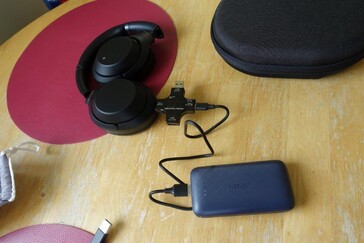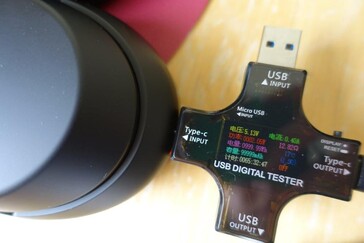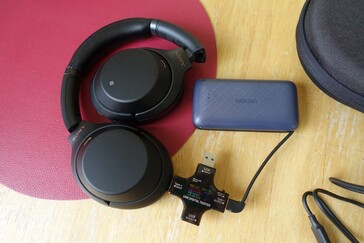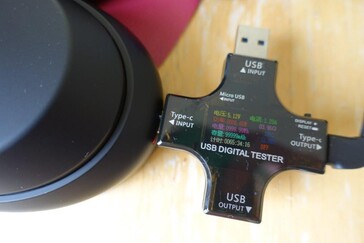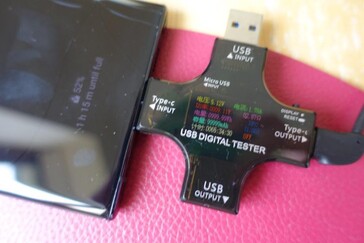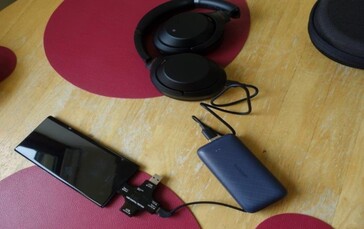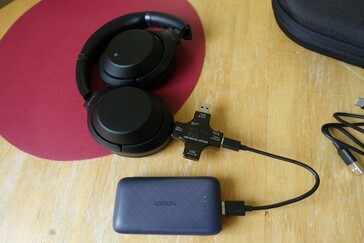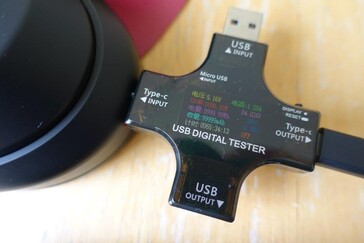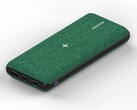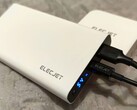For a reviewer that does go through a fair amount of charging tech, power banks are not in truth normally my thing. They may be convenient and handy in a smartphone emergency…yet I’m rarely convinced by their ability to hold a charge over time as they may be left sitting around unused in the long term, especially in the Covid-19 era.
In fact, I only have one of these accessories: A standard-Amazon-issue thing with a design that gets very familiar very fast when shopping for these things. Then again, UGREEN asserts that the latest 10,000-mAh addition to its PowerDot series has high-quality internals from Amperex Technology Limited (ATL), which also supplies OEMs such as Samsung. This augmentation is rated to protect the power bank against sudden spikes in voltage, charging and temperature, as well as short-circuits.
Furthermore, it is one of those banks that comes with an in-built charging cable. It is USB type C in this case, and is rated for the PowerDelivery (USB-PD) standard up to 20 watts (W; the new highest rate available to the latest iPhones). Can these potentially fortuitous specs change my mind about power banks? Let’s find out!
Unboxing and First Impressions
The 10,000mAh PowerDot 20W comes in a standard UGREEN box, with all the cables one might need and its obligatory paperwork. Its upper surface is finished in an unusual dark blue with a cross-hatched pattern. The OEM notes this design has been chosen for grip and to avoid fingerprints, and it certainly does both. The other side is made of plainer black plastic.
UGREEN describes its PowerDot 20W as having a footprint comparable to that of a credit card, and it is relatively light (6.3 ounces or ~178.6 grams (g)). Therefore, it is nearly as heavy as the average smartphone, yet will not line up well against it if you put it in a pocket. What the OEM highlights less often in its marketing is that it is also much thicker than an average mobile device, even in a case.
Therefore, I would personally be more inclined to carry it in a bag or a backpack rather than in my pocket. On the other hand, its depth is there in order to accommodate its integrated cable and total capacity – which is closer to 6,800mAh in reality despite its 10,000-mAh rating.
However, I have found that this is more than enough to power a single phone (even my Samsung Galaxy Note 10+, which still retains ~4,000mAh per charge even after enduring about 1.5 years of my owning it at this stage) and all the accessories I tend to use with them (or my laptop).
The PowerDot 20W charged the ex-flagship at about 15W (all it can ever seem to do regardless of the power source with which it is charged), meaning the bank took about 1.5 hours to charge it from 0 to 100%.
My faithful old OnePlus 3 could also be powered using the accessory, although it obviously could not do so at full speed, as the PowerDot is not rated for this OEM’s proprietary 5V/4A profile.
The power bank also has a type A port, so that the user can also charge devices regardless of their USB status, and a type C port for its own charging purposes. I was interested to see if it could charge two things at the same time using the in-built and type-A ports – and it can! The charging rates (and, thus, times) for the Note 10+ did sink to ~9W over time with a second device connected simultaneously.
The inbuilt type-C connector could charge some things faster than the type-A port. The former can power my Sony WH-1000XM3s at their best rate (~5V/1.29A, or ~7W), whereas the latter can only do so at ~5V/0.4A (~2W). My old power bank, on the other hand, could charge them at about 4V/1.5A (~6W). This is important as these headphone can take a particularly long time (2.5 hours at the most) to charge.
UGREEN estimates that it takes 3 hours to charge the PowerDot 20W itself from 0 to 100%, and this figure held up in my testing (with a RAVPOWER 65W 4-port desktop charger, at a rate of ~18W). Its bog-standard, micro-USB comparator, on the other hand, takes about 5 hours to do the same.
Conclusion
Overall, I have to say that I like the UGREEN PowerDot 10,000-mAh 20W. Its look could be described as business-like, but it does still appeal, mainly due to the cross-hatching. The power bank has also dealt well with whatever is plugged into it with reliability and good speeds thus far.
Therefore, I’ve arrived at the conclusion that this power bank does belong in my life, albeit mostly in my backpack. It’s just a shame it has next to nowhere to go these days.
On that note, I don’t love the fact that two of its ports are open without covers or plugs of any kind (as I never do in my accessories), to the extent the PowerDot is now outfitted with a piece of scrap vinyl wrap to protect it fully for everyday (or one-day, rather) carry, alongside the 9-in-1 dock.
Consumers willing to make that slight adaptation for this new power bank can find the PowerDot 10,000-mAh USB-C PD 20W on UGREEN’s website for US$56.99, or $10 off that price for a limited time.
Disclaimer: The author of this review received the PowerDot 10,000-mAh USB-C PD 20W Power Bank from UGREEN free of charge for the purpose of testing.




